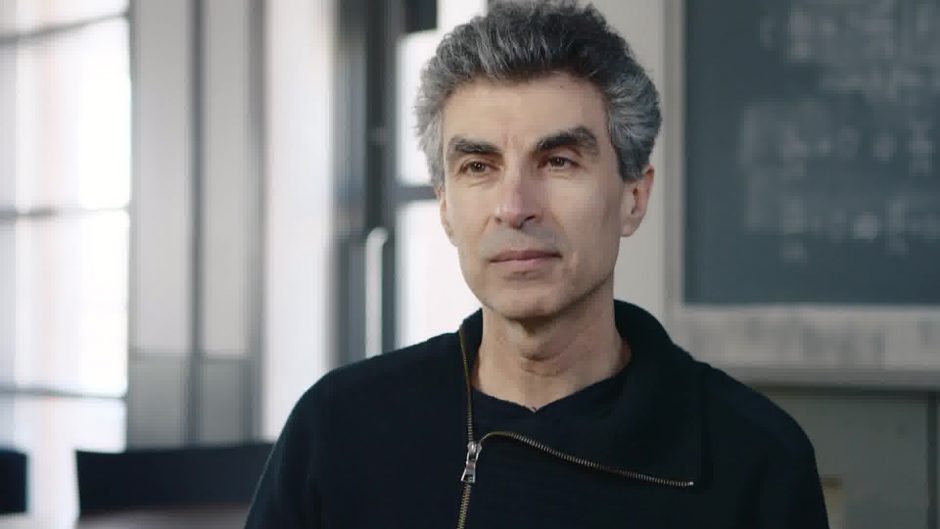The final segment of an enjoyable learning experience.
The first and important point, teaching children about brain plasticity, can change students self concept, their ideas of who they are. It can change the way they think about their ability not as something that’s fixed, but as something that they themselves can develop. This can help students become more resilient, encouraging them to maintain their effort, and not give up until they’ve achieved success (and later we learnt resist temptation – e.g. texting a friend rather than revising).
Interestingly, it may be even more important for teachers to know this information; as it will undoubtedly impact on the way teachers teach.
The act of teaching with plasticity in mind – without mentioning “mindset.” Though we do mention… yet.
This section offered lots of interesting examples of how to promote persistence / resilience, from the fellow teachers on the course. Many suggestions had an anecdotal feel, some were linked to the evidence informed practice and some were experiment. Essentially we are back with designing and moulding the culture of the classroom – noticing and recognising persistence, modelling persistence, sharing one’s vulnerability and valuing process over outcome.
Now you know your EBC
Engage, build, consolidate. Not a three part lesson plan but a foundation upon with to develop your professional practice and to evaluate the research.
The course offers a useful summary.
Engage
- Every learner’s brain is unique, and students differ in what most engages their attention and the extent to which they can control their attention, making it important for teachers to monitor engagement and vary approach accordingly.
- Teachers employ many strategies known to stimulate an ‘approach’ response in the brain. These include rewards such as praise and tokens acknowledging achievement, novelty, provision of choice and shared attention. The anticipation and receipt of rewards can release neuromodulators capable of improving attention and memory.
- In contrast, fearfulness can avert attention, and anxiety can diminish a student’s learning by reducing the brain’s ability to process information.
- Engagement can be diminished by teachers’ and students’ notions that there is a fixed limit to what a student can learn. But the brain is plastic, and both teacher and student have an important role constructing its function, connectivity and structure.
Build
- Being aware of students’ prior knowledge is important for a teacher, because this is the foundation on which the students’ new knowledge will build.
- Teachers can help students think meaningfully about new ideas by encouraging them to make connections with their prior knowledge. This is important for children, whose neural circuitry for this connection-making process is still developing. Differences in learning and development result in diverse individual differences.
- The brain is multisensory, and understanding of new knowledge is helped by clear, concise instruction using all the senses, embodiment and action to encourage links between different representations.
- Our Mirror Neuron System helps us read each other’s minds. Gestures and faces communicate knowledge and emotions both consciously and unconsciously, supporting the teacher’s transmission of concepts, confidence and enthusiasm.
Consolidate
- Practice and rehearsal of freshly-learnt knowledge causes it to become automatically accessible. This frees up the brain’s limited capacity to pay conscious attention, and so be ready for further learning.
- Answering questions, applying knowledge in new situations, discussing it with others or expressing it in new forms consolidate our learning through helping us to store it in different ways, making it easier to recall and apply it.
- Sleep plays an important role in the processes that consolidate our learning. A good night’s sleep helps attend to today’s learning but also makes yesterday’s learning more permanent.
The course ends with all the papers, additional resources and acknowledgements.


